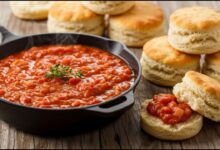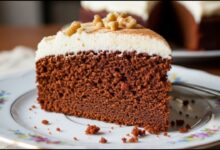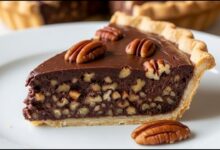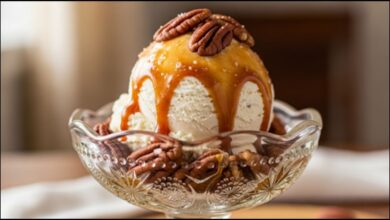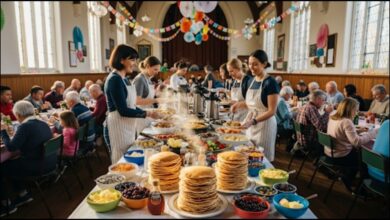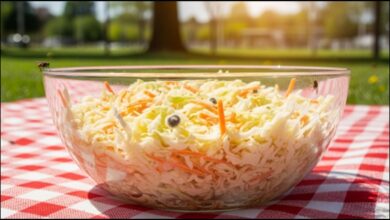A Simple Adjustment in Preparation is Key to Better French Toast
A foundational culinary technique, centered on controlling the bread's moisture content, is transforming how to make better French toast. By drying bread in an oven before soaking it, cooks can achieve a crisp exterior and a creamy, custardy interior.
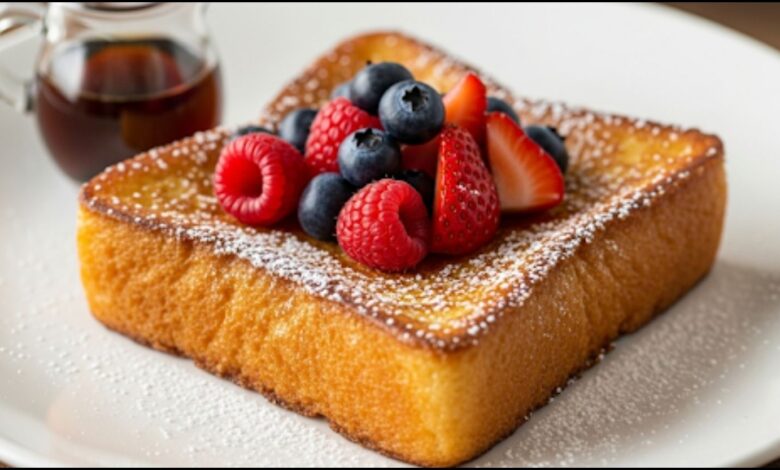
A foundational culinary principle, long understood in professional kitchens, is gaining widespread prominence among home cooks seeking to make better French toast. Food scientists and chefs are emphasizing a simple, science-backed adjustment to the bread itself, transforming what is often a soggy breakfast dish into a dish with a crisp, caramelized crust and a rich, creamy custard interior. The technique moves beyond the folk wisdom of using stale bread, focusing instead on precisely controlling the bread’s moisture content before it ever touches the egg mixture. This shift in understanding represents a broader trend of culinary science empowering home cooks to achieve restaurant-quality results.
The Key to a Superior Slice
| Key Insight | The Scientific Rationale |
| Dry the Bread | Drying bread in a low-temperature oven removes excess moisture, allowing it to absorb more custard without becoming saturated and falling apart. |
| Rich Custard Base | A higher ratio of egg yolks and fat (like cream or half-and-half) to milk creates a richer, more stable custard base that cooks without curdling. |
| Moderate Heat | Cooking over moderate heat allows the custard inside to set fully while the exterior develops a golden-brown crust via the Maillard reaction. |
The Science Behind Better French Toast
The persistent challenge in making French toast lies in a simple conflict: the bread must be saturated with custard to be flavorful, but saturation often leads to a dense, soggy texture. The solution, according to food scientists, is not merely using old bread, but ensuring the bread is sufficiently dry.
“The goal is to turn the bread into a sponge,” explained J. Kenji López-Alt in his comprehensive analysis for Serious Eats. “The drier the sponge, the more liquid it can absorb.” When fresh, moist bread is used, its water-logged structure has little capacity to soak up the custard. This results in a slice that is merely coated on the outside, leaving the inside dry, or a slice that collapses into mush when fully soaked. This culinary technique involves lightly baking slices of bread—even fresh bread—on a wire rack in a low oven (around 275-300°F or 135-150°C) for about 15 minutes. This process removes a significant amount of water, creating a sturdy yet porous structure ready to absorb the rich custard.
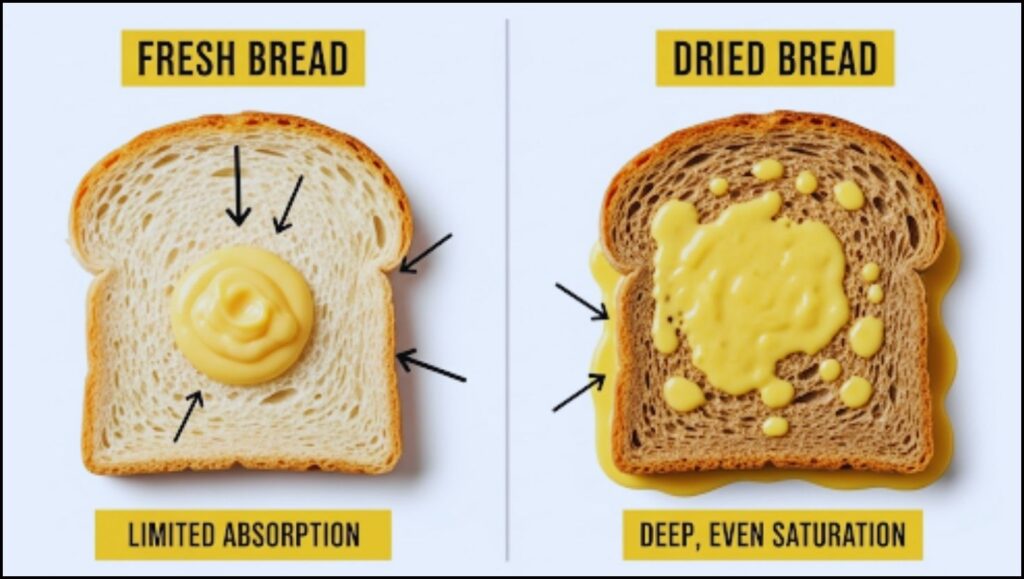
From Professional Kitchens to the Home Cook
While this method has been a quiet standard for pastry chefs making bread pudding or classic pain perdu (French for “lost bread”), its adoption by the general public has been fueled by accessible food science writing and online culinary communities.
“We’re seeing a democratization of culinary knowledge,” said Dr. Amy B. Miller, a food historian and sociologist. “What was once trade craft, passed from chef to apprentice, is now being tested, quantified, and explained by experts in publications like Cook’s Illustrated and on popular food blogs. People don’t just want a recipe; they want to know why it works.” This movement reframes classic dishes not as a rigid set of instructions but as an application of scientific principles. By understanding the function of each ingredient and step, home cooks can adapt and perfect dishes to their liking.
Perfecting the Custard Base
The second pillar of better French toast is the custard base itself. Many home recipes call for a thin, milk-heavy mixture, but experts advise treating it more like a true dessert custard. The guidance from America’s Test Kitchen, a publication known for its rigorous recipe testing, suggests a higher proportion of fat and protein.
This is typically achieved by using more egg yolks, which add richness and act as an emulsifier, and by substituting some or all of the milk with heavy cream or half-and-half. The additional fat and protein create a mixture that sets up into a creamy, stable pudding inside the bread, rather than the “scrambled egg” texture that can result from a leaner base cooked too quickly. Sugar and a pinch of salt are also critical, as sugar aids in browning and salt enhances overall flavor.
The Stale Bread Misconception
The long-standing advice to use stale bread is a well-intentioned but imprecise approximation of the drying technique. While bread does lose moisture as it stales, the process is inconsistent. Depending on humidity, a loaf of “stale” bread might be tough and dry on the outside but still retain significant moisture inside.
“Staling is more than just a loss of moisture; it involves a process called starch retrogradation, which can make the bread tough and leathery,” López-Alt noted. Forcibly drying the bread in an oven provides a far more consistent and effective canvas for the perfect French toast, regardless of whether the loaf was purchased yesterday or three days ago. This method ensures that even a fresh, high-quality brioche or challah—breads prized for their rich flavor but delicate structure—can be used successfully.
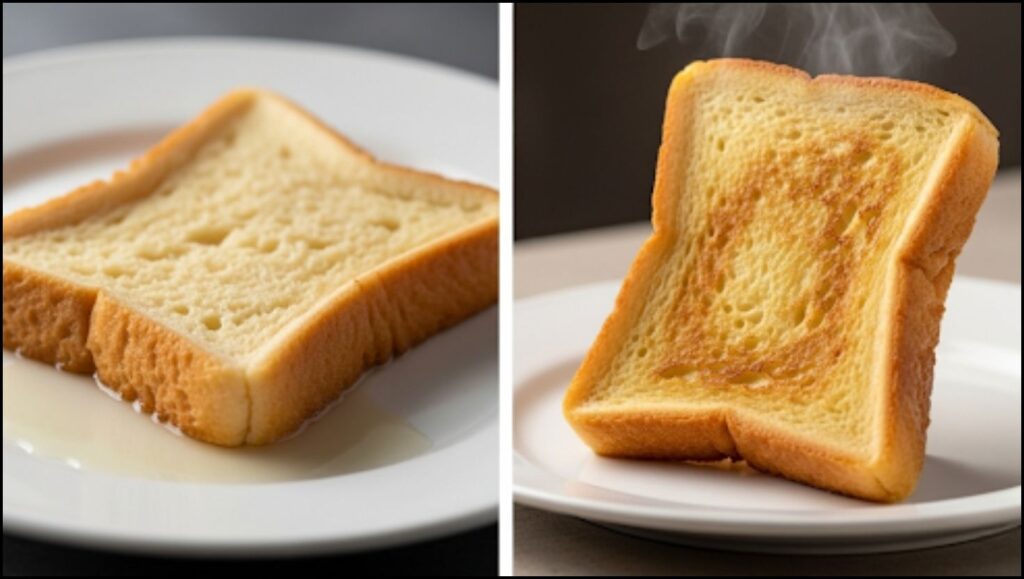
A Timeless Classic, Refined
The concept of soaking bread in an egg and milk mixture dates back centuries, with recipes appearing as early as the Roman Empire. It has always been a dish of thrift, designed to rescue bread that was past its prime. The modern refinement of this culinary technique does not abandon that spirit but enhances it with a deeper understanding of food science.
By focusing on moisture control and the composition of the custard base, cooks are no longer just rescuing old bread. They are intentionally creating the ideal conditions for a simple breakfast to become an exceptionally delicious meal. As this knowledge continues to spread, the standard for a homemade breakfast classic is being elevated. “It’s about respecting the ingredients and the process,” stated one prominent chef in a Food & Wine magazine feature. “Applying a little bit of science doesn’t take the soul out of the food; it lets you bring the best version of it to the table.”
Creamy White Cheddar Mac n’ Cheese with Squash & Toasted Walnuts: Your New Favorite Comfort Food!


